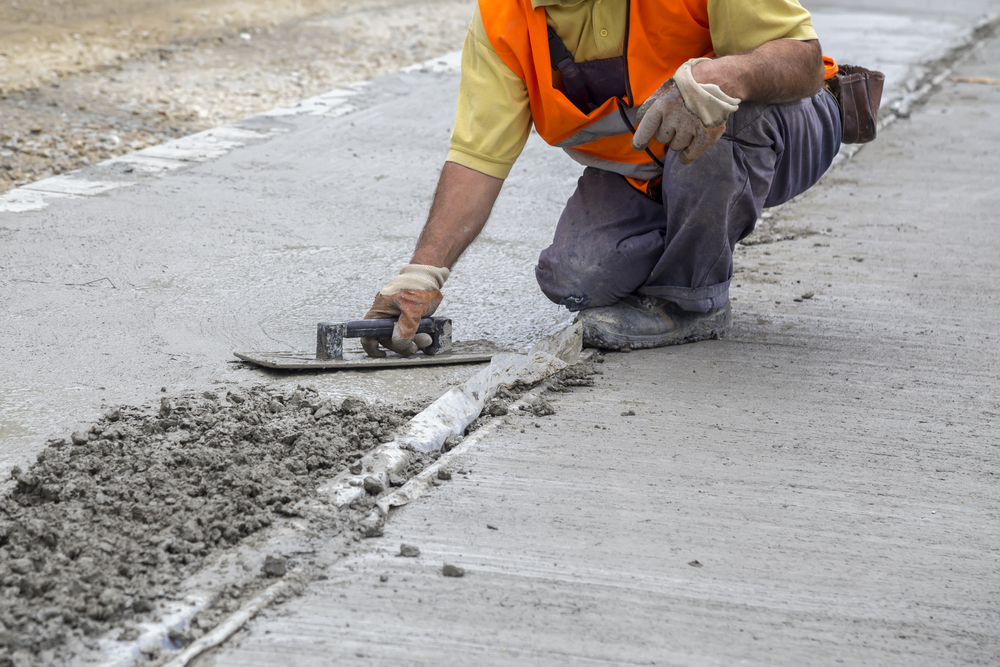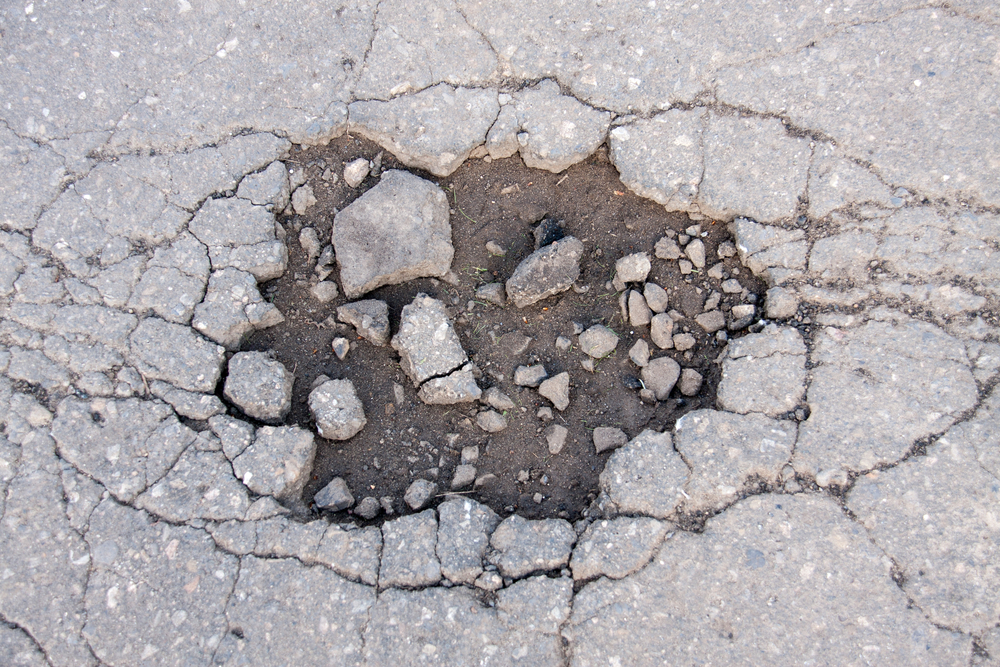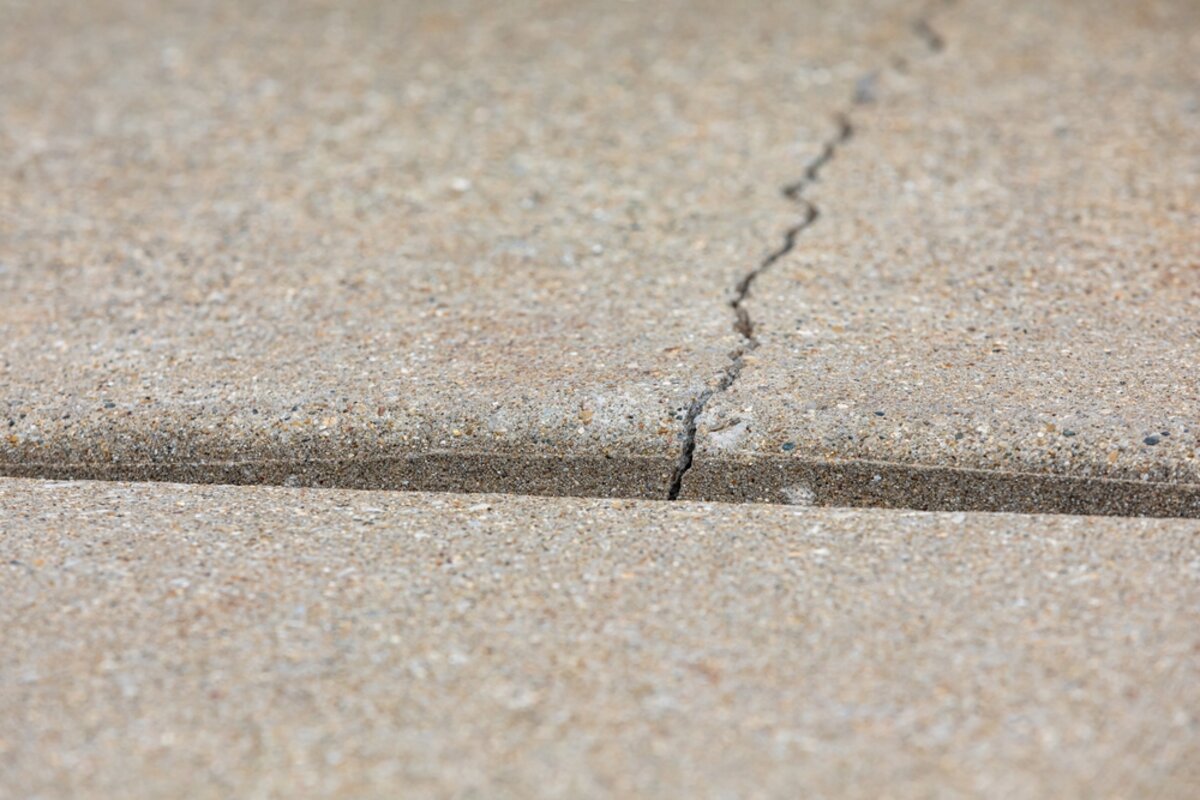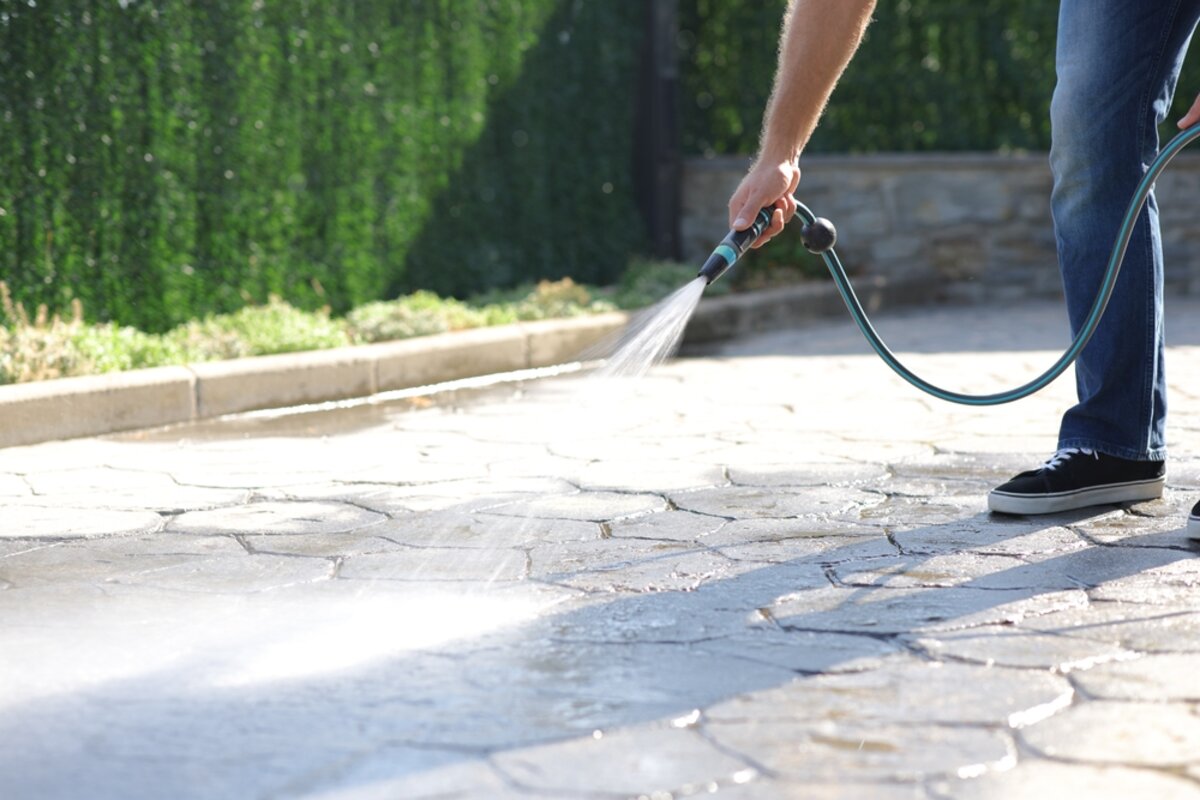Concrete is a durable and versatile construction material, but it is not without its flaws. One issue that can be concerning for both homeowners and business owners is the occurrence of rock pop-outs in concrete surfaces. Understanding when these typically appear can be crucial for early intervention and to mitigate further damage.
This blog post aims to shed light on the usual timing of these pop-outs, the environmental conditions that lead to them, and some preventative measures to consider.
What Are Rock Pop-Outs?
Rock pop-outs are shallow, conical depressions that appear on the surface of the concrete. These are generally caused by the expansion and contraction of moisture within the concrete, which can lead to the expulsion of small rocks or aggregates from the surface.
Rock pop-outs typically appear within the first year of the placement of the concrete. While they can sometimes be observed after the second winter season, it’s more common to see them appear at the end of the first winter or the beginning of spring.
When Do Concrete Rock Pop-Outs Appear?
One of the leading factors contributing to the appearance of rock pop-outs is the freeze-thaw cycle. During winter, water can seep into the concrete surface and freeze, expanding in the process. When temperatures rise, the ice melts, and the water contracts. This cycle of expansion and contraction can weaken the concrete and eventually lead to pop-outs.
Timing and Conditions
Once a concrete surface has gone through several freeze-thaw cycles during the first winter, the probability of experiencing rock pop-outs increases. It is usually at this time—end of winter or the beginning of spring—that people start to notice these irregularities on their concrete surfaces.
Who Is Most Likely to Notice and When?
Homeowners
For homeowners, the appearance of rock pop-outs can be particularly concerning. If they appear on driveways, walkways, or patios, they not only mar the appearance but can also become a safety hazard. The end of winter and the onset of spring are critical times to conduct a thorough inspection of your concrete surfaces.
Business Owners
For businesses that rely on concrete flooring, whether in warehouses, retail spaces, or external environments, noticing these imperfections can have implications for safety and aesthetics. Business owners will often spot these issues during regular inspections, particularly in the transitional periods between seasons.
Preventative Measures and Early Intervention
Sealants and Coatings
Applying a good-quality concrete sealant can act as a preventative measure against water infiltration and subsequently the freeze-thaw cycles. However, it is crucial to consult with a professional to determine the best type of sealant for your specific needs.
Timely Repairs
If rock pop-outs have already appeared, early intervention is key. Filling the pop-outs with a suitable repair material can help mitigate further damage and prolong the lifespan of your concrete surface.
Conclusion

Understanding the timing of when concrete rock pop-outs typically appear can significantly aid in early detection and intervention. While these pop-outs often become noticeable at the end of the first winter or the beginning of spring, being vigilant and taking preventative measures can go a long way in maintaining the integrity of your concrete surfaces. Contact Richfield Concrete today to learn when concrete rock pop-outs typically appear.








